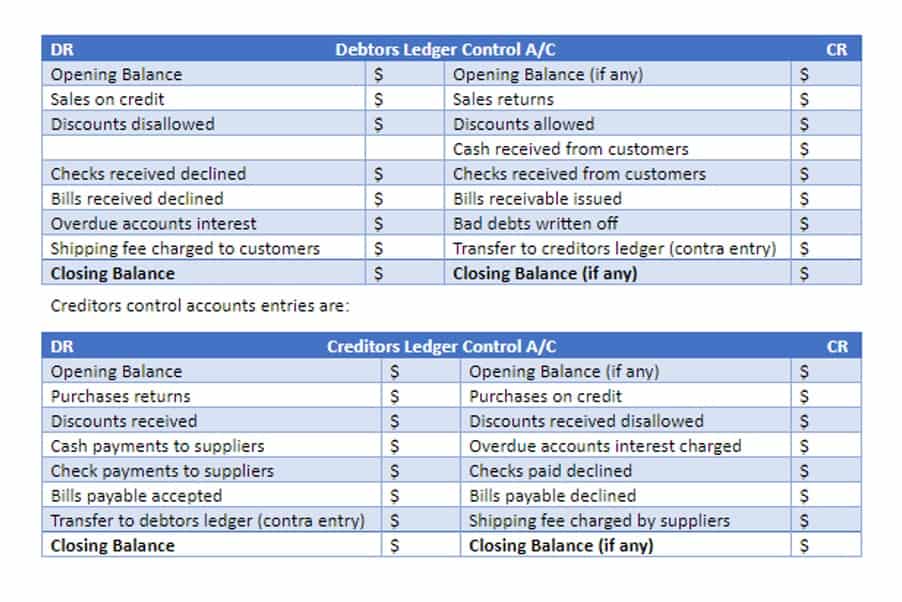Content
- Types of Arrears in Finance
- How to reduce the risks of billing in arrears?
- How the Term “Arrears” is Used?
- Keep tabs on organizations that pay you
- Editorial: No, criminals aren’t rampaging across California because of our zero-dollar bail policy
- Editorial: Goodbye to cash bail. L.A. is moving to a better approach to pretrial justice

Precise usage may differ slightly (e.g. “in arrear” or “in arrears” for the same situation) in different countries. The term is usually used in relation with periodically-recurring payments such as rent, bills, royalties (or other contractual payments), and child support. Both billing in advance and billing in arrears have benefits and drawbacks. Billing in arrears can often be the simpler choice for small business owners however. “Billing in arrears” is the process of invoicing customers for goods or services after they have been provided. Paying employees after they’ve performed work is much easier to process, as it gives you time to consider these factors.

Allowing your clients to make payments in arrears has the potential to send the message that your organization doesn’t need the payments. This isn’t a complete list, but what does billed in arrears mean these situations are where you will see arrears billing most often. Whether or not it’s best for your business depends on the structure and logistics of your company.
Types of Arrears in Finance
The delay in dividend payments to the shareholders usually happens because the company lacks the funds necessary for the payout, and it is therefore referred to as a dividend in arrears. A payment is made later than the agreed-upon terms of an arrangement or contract, which means a business has fallen behind on its payments. The term can have many different applications depending on the industry and context in which it is used.
- After calculation, they pay employees in arrears on the following business day.
- This allows them to issue payments covering multiple deliveries simultaneously rather than dealing with individual invoices.
- If you encounter an issue and have to close for two days, you’ll have to either adjust all of those paychecks or take them out for a future paycheck.
- Receiving all your organization’s payments in arrears is sometimes a slippery slope.
- It is a good idea to make sure you don’t have too many payments in arrears however as this can lead to errors and cause you to fall behind.
Unfortunately, this makes it easier for the small business but it can test the trust of your customers. If they’re unsure if you’ll do the job to their expectations, they may be unwilling to pay in advance. Billing in advance is likely best done with repeat customers or in fields where this is the industry standard. You might also have customers who pay your business late in arrears. This happens if the customer does not pay you during the time frame you request on the bill. And, you are a customer when making business purchases from vendors.
How to reduce the risks of billing in arrears?
These payments are known as payment in arrears, occur at the end of the period, and are not classified as late. They do, however, fall into arrears if you don’t pay them by the due date. On the business side, it’s smart to keep as many of your accounts payable out of arrears as possible. Having a lot of outstanding invoices can affect your credit and ability to receive financial assistance. For example, subscribing to a streaming service requires payment in advance, as you’ll typically be asked to pay at the start of each month prior to receiving access to the streaming service. A business would bill in arrears when they’ve already provided a product or service and are requesting payment.
- Paying employees after they’ve performed work is much easier to process, as it gives you time to consider these factors when processing payroll.
- Billing in arrears can often be the simpler choice for small business owners however.
- The term can have many different applications depending on the industry and context in which it is used.
- Moving onto the next example, we see that arrears is not solely used to describe payroll.
- Paying during the current pay period would imply that the employees get paid during their current pay period.
- When you’ve just finished a tough week at work, what can certainly lift your spirits is being able to access that hard-earned money right away.
Since the employees receive their money after the work has already been completed, it will be known as paid monthly in arrears. Whenever a payment is provided after a service has been rendered, it is known to be paid in arrears. It can be intentional or unintentional depending on the situation. For example, in case, you provide a bill after you provided a service, then you will bill in arrears.
How the Term “Arrears” is Used?
Sending a person there for inability to pay, regardless of intention, is at least as punitive as it is regulatory. Police unions, elected officials who oppose bail reform and representatives of the bail industry insist that money bail keeps us safe by putting the bad guys in jail — before they are convicted. Ultimately, however you decide to pay your employees, try to choose the payment system that’s most convenient for all the parties involved. Read our guide on the pros and cons of charging late payment fees to find out more. Save time, money, and your sanity when you let ReliaBills handle your bill collection, invoicing, reminders, and automation..

Arrears payments are either past-due or simply made after the provision of a good or service. Ultimately, it’s clear that there is a wealth of arrears payments to consider when determining best payment practices for your employees. In some contexts, the connotation is negative, such as when your account is in arrears after missing several consecutive payments.


